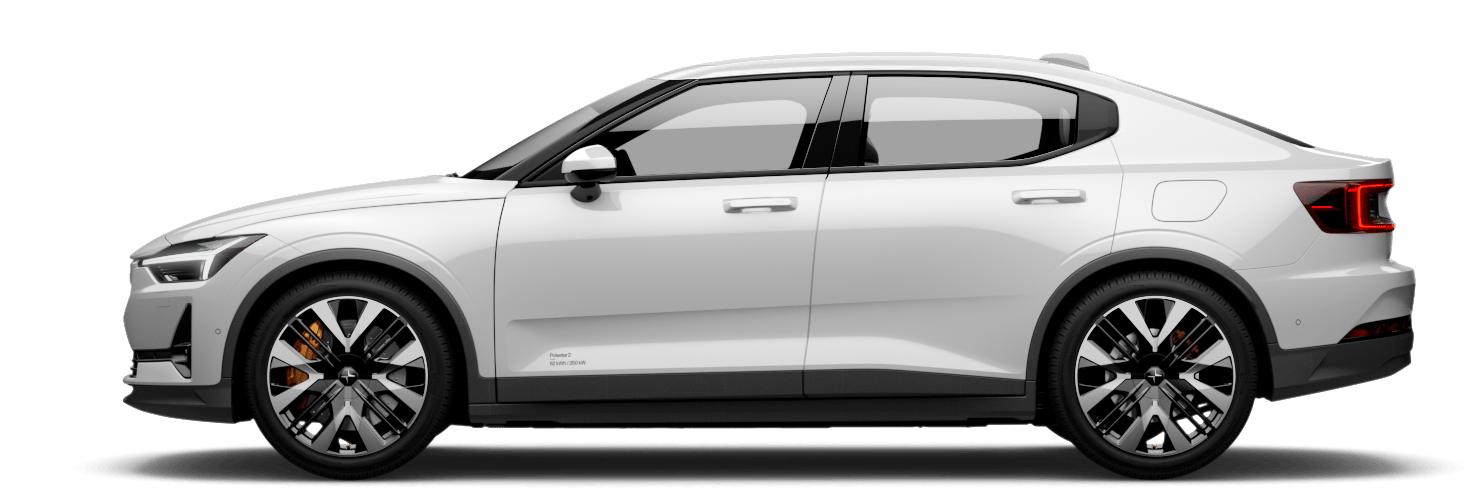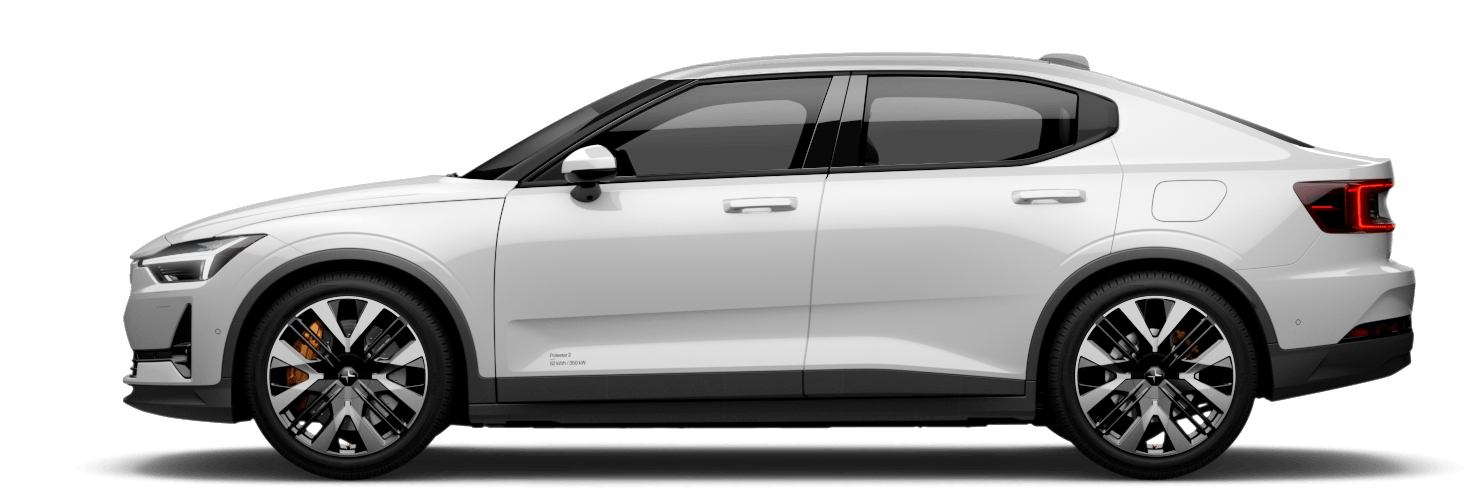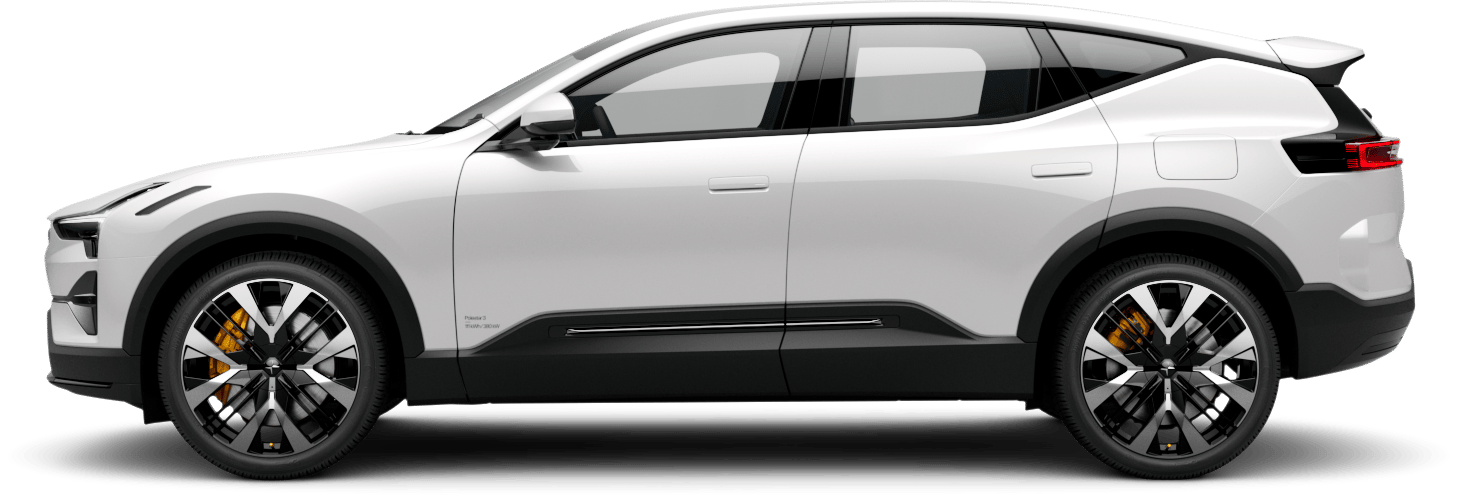From Concept to Car: First of its kind
As wonderful as it would be, Polestar’s cars aren’t simply dreamt up, built, and ushered into showrooms ready to be driven away. Designers need to decide what they’ll look like, engineers need to work out how to make them do all the things you expect of them, and then specialists need to figure out how to match up the design and engineering. And that’s all before work can even begin on manufacturing. Every step of a car’s journey, from idea to tangibility, takes time, knowledge, and a lot of late nights and early mornings.
Here’s a simple truth to car building: only when a car’s various elements have been completely signed off can a real, rolling vehicle be built. As one of the first of its kind, it's full of delicate, complex technology. And it's called ‘TT0.’ TT0 isn’t the sort of car you’ll see in the supermarket car park. You’ll be lucky if you ever catch a glimpse of one in the real world (its shape is still hidden from the world with camouflage). TT0 cars are for engineering teams, test drivers, and scores of people with laptops to learn from. The lessons learned here go on to inform the next version of the car, and the one after that, all the way until it’s fully signed off and ready to sit on your drive.
What really goes on with a TT0 car though? Marine Roy, Test Objects Leader in the Propulsion Department (batteries, motors, and charging tech), is the person on top of the TT0 tree. “We need to be the first ones to get our hands on the cars so that other people can start testing on moving cars. If we don't do our job, they don't test.”
When a TT0 car arrives, as it’s the first moving iteration of a car, things aren’t necessarily all where they need to be, or even up to date any more, as Roy explains: “The TT0s are built in the Chinese factory where the mass production will happen. They’re shipped either by plane or by boat to us, which takes a long time. Because they’re prototypes, not all the parts get to the factory on time, so they arrive not working.” It’s not an ideal situation, but it’s the nature of the beast. As is change. During the TT0’s long journey to Roy and her team, plans can change and parts can evolve.
To say her job is varied is an understatement. “The cars are built in China, so my job already begins with getting them to Sweden. I need to be part of the logistics process. What sea freight do we go for? Then what's happening as they’re being moved? Then I make sure that everything goes through customs properly,” says Roy.


I wish there were three of me
Being highly complex, advanced bits of kit (and the basis for everything going forward), they can’t sit in one place and expect the world to move around them. They need to be transported to hot weather testing, cold weather testing, and more. On top of that, the whole team needs to move with them. Unlike the car, the team needs feeding and sleep, so Roy needs to look after that side of things too. “Right now I’m planning the hotels, flights, and facilities for upcoming hot weather testing,” Roy adds. Her job is to oversee the whole TT0 process, which means she has to look after everything: “Where do people have lunch? What rental cars do we need to get people around? What spare parts do I bring? Which mechanics do we need.” If it sounds like a lot, it is: “I wish there were three of me,” Roy quips.
It’s probably best to think of the TT0 car as an early draft - there’s an end result in there, but it needs a lot of refining first. Throughout every step of TT0’s life, Roy and her team will be looking at what works, what doesn’t, and how it can be improved. Once the car’s where it needs to be, every element will be looked at, tested, and ensured it’s safe. Safety is, of course, paramount. When you’re working with something as new as a TT0, there’s no telling what could happen unless, of course, the team tests it rigorously. When the right parts are in, and the latest software is installed, it needs to be driven. Naturally, the first drive isn’t a top-speed ‘watch this’ affair. “The very first thing to do is something called duty of care,” explains Roy, “Verification to make sure that the car is safe to be tested on. That starts in the workshop. There's a six page list of screws and bolts that we need to check to make sure the car is mechanically safe. Then checks to make sure the headlights work or the seatbelts are strong, things like that.” After that, it’s checked over to make sure its weights are equal - the car needs to have the correct balance; a kilo too much in the wrong place isn’t ideal.

We have troubleshooters that can fix just about anything. They’re geniuses. If they say they want a hot chocolate, you get them a hot chocolate.
When it’s time to drive, the team will make sure everything works as it should from a low speed. “It starts with creep speed and pedal feel. Does it feel jumpy? Is it smooth? We build up speeds very slowly, and then we start braking,” says Roy. The brake tests sound harrowing, but they’re necessary.“We start at 0.3G, then go higher.” Roy, while the car’s being aggressively slowed, is in the passenger seat taking notes. It’s lucky, Roy adds, that she doesn’t get car sick. Test driving takes place in a safe environment, far away from the public and any prying eyes trying to get a glimpse of what’s coming next.
As the testing goes on, and newer software is added to the vehicle, problems can occur. That’s the nature of testing after all, and it’s better that they happen in controlled situations like a test centre than in the hands of the public. When things go awry, Roy’s team is full of experts in their fields, but occasionally there’s a problem too big even for them. It’s here Roy deploys her secret weapon. “We have troubleshooters that can fix just about anything. They’re geniuses, the rockstars of TT0. If they say they want a hot chocolate, you get them a hot chocolate.”
Looking after cars in their rawest form is a huge privilege, and it’s taught Roy a lot. So much, in fact, that her work’s seeped into her real life - every time she gets into a new car in the wild she finds herself mentally taking notes. “I do think a lot more critically. I look at cars now and, even as a passenger, I will try to examine and see how the car feels. Occasionally I’ll think, ‘Oh, I was in a car and it felt terrible. Let’s not have it in ours’.”
The car you’ll drive has been tested, prodded, poked, and checked to within an inch of its life. The first time its great, great, great grandparent, TT0, turned a wheel, probably, had Roy in the passenger seat making sure it’ll eventually be ready for you.







